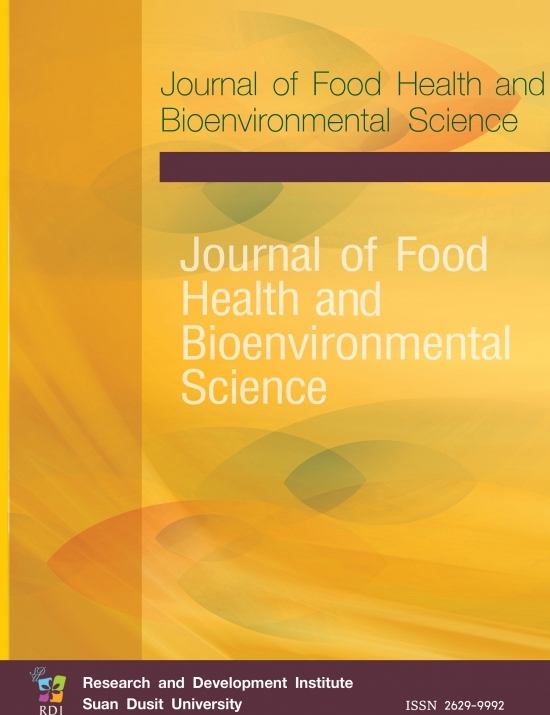Lactic acid bacteria isolates from Pla-som, their antimicrobial activities and fermentation properties in Pla-som
Keywords:
Pla-som, lactic acid bacteria, bacteriocin, food-borne pathogensAbstract
Pla-som is a traditional fermented fish product widely consumed in Thailand. However, its hygienic quality and test consistency are often uncontrollable. To minimize the risk of fermentation failure, the use of selected starter culture could result in quality control of the end product. In this study, lactic acid bacteria (LAB) were isolated from eight samples collected from different Pla-som producers in Phayao City using De Man Rogosa Sharpe (MRS) agar. The cell-free supernatant of isolated strains was determined for the antibacterial activity against food borne pathogens (Escherichia coli, Staphylococcus aureus, Bacillus cereus, Clostridium perfringens, Shigella sp., and Vibrio sp.). In order to exhibit the presence of proteinacious bacteriocin produced by LAB, the crude supernatant of isolated strains were inactivated with proteolytic enzymes, pepsin and trypsin. The results showed that the antibacterial activity of the 14 from 55 bacterial isolates was diminished by the enzymes. Strain ST2 and TT3 were selected based on the highest antimicrobial activity on tested pathogenic bacteria and identified by 16S rRNA sequence analysis as Lactobacillus paraplantarum and Pediococcus pentosaceus, respectively. Therefore, they were used as starters in Pla-som fermentation. Lower pH value and higher acidity were also observed during the fermentation period. The addition of selected starter cultures significantly decrease fermentation time due to a combination of pH reduction and acid production. The sensory evaluation of the fish product with the mixed starter had the highest overall satisfaction score as tested in 30 volunteers.








